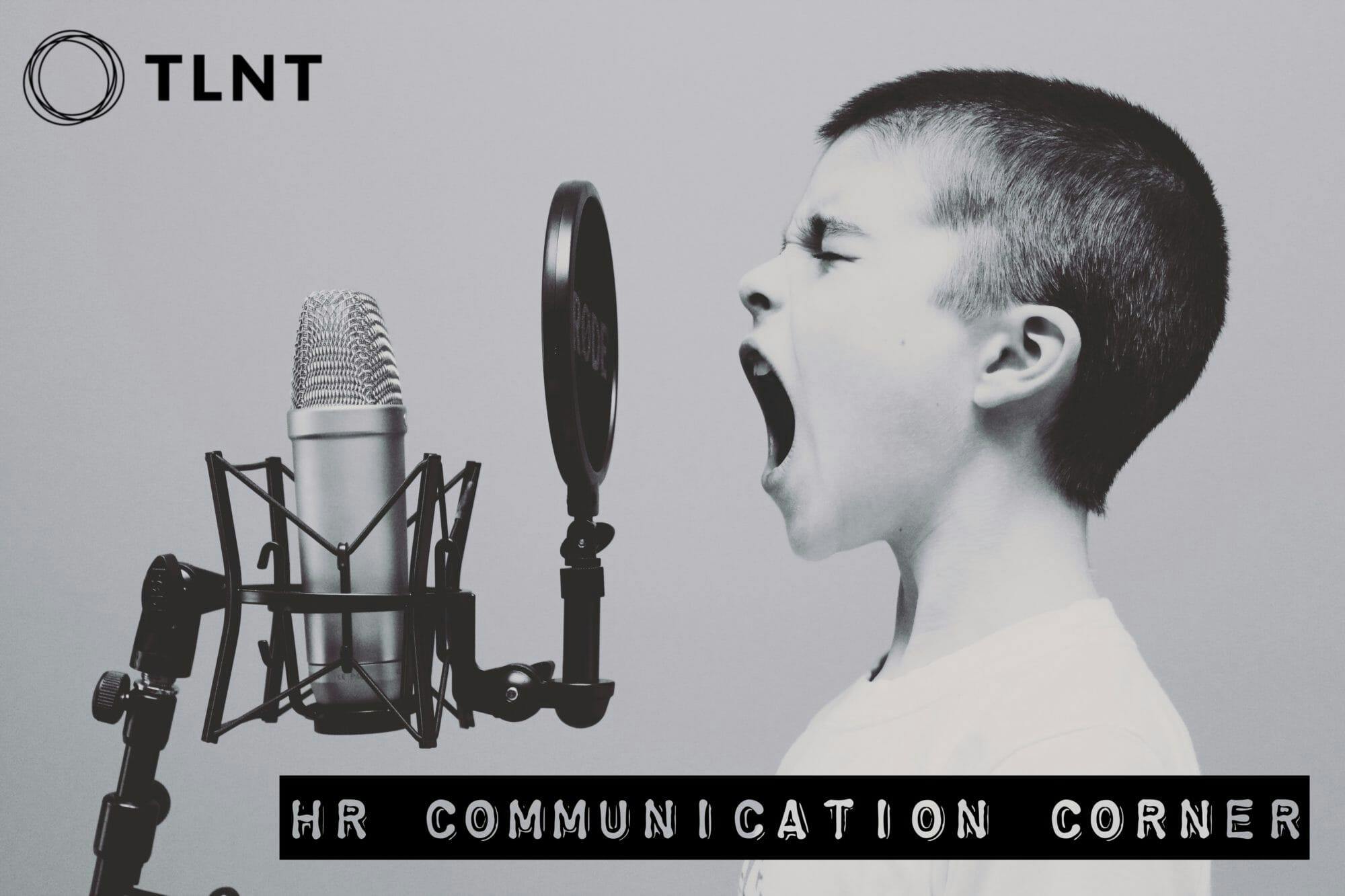Ask executives if their organizations communicate well, and chances are you’ll hear a resounding yes. But ask those a little lower in the ranks and you may hear otherwise.
In my own consulting and coaching practice, I’ve yet to discover a senior leader who doesn’t say that “people are our most valuable asset” or “communication is vital to our success.” Yet employee surveys reveal multiple communication breakdowns:
- Conflicting goals and objectives (Susan wants to cut costs; Deepak wants to increase revenue.)
- Conflicting priorities (Su Lin wants her sales staff trained before they get in front of customers. Jackson wants his staff in front of customers as soon as possible with or without all the obligatory training.)
- Conflicting schedules
- Left-hand, right-hand blindness (Division A doesn’t know what Division B is doing and often duplicates — or complicates — their work.)
- Turf wars
- Unclear values
- Low morale; people doing just enough to “get by” and keep their job
- Lack of coordination of routine tasks; details “falling between the cracks”
- Rework
- Gossip and rumors
- “Us” against “them” attitudes and conversations
- Poor team chemistry (either open expressions of hostility or silent withdrawal and cynicism)
- Jargon and double-speak between departments
When confronted with these obvious disconnections related to communication, executives scratch their heads in puzzlement: “What do employees mean when they say, ‘There’s no communication around here’?” We bombard them with information. We put things on the intranet. We put customer information on the web. We had a teleconference on that very issue last week. They have 800-numbers to call. We have monthly staff meetings. I don’t see how we could possibly give people more information. What do they want?”
My response: Information is not communication. Information is not a message. Information is not a connection. Information does not translate to execution. Information does not drive sales or profits. The difference between information and communication is the difference between an X-ray and surgery. Real leaders understand the differences between the volume of information and its significance.
Professors, consultants, and others out to make a name for themselves by selling new “models” have to repackage ideas continually. We humans come by the habit naturally. Check any collection of quotations and you’ll find that what Aristotle, Apostle Paul, or Mark Twain said has been rephrased by rock stars, pro athletes, and corporate leaders through the decades. The problem: Repackaging typically calls for more complex labels and language.
So people tune out with “heard it all before.” As a result, we need new KPIs for real, honest measurement of how our communication actually affects people and influences culture. Focus on these key ways to measure how you’re doing in the various forms of communication — announcements, policy statements, instructions, reports, emails, presentations, phone blasts.
1. Is Your Communication Current and Correct?
Jackson, a family member of mine, recently interviewed for a job with an oil company. In a series of interviews with his potential manager and with the next level manager, Jackson got word that all his references had “checked out,” received a job offer, and accepted. The two future bosses left him with this commitment: You’ll need to get an official offer through HR. They’re always behind so that may take a while. We’ll try to push them.”
Not a good look to the rest of the organization.
Is what you say and send accurate and timely? How often do you have to rescind a policy statement because of inaccuracies? Can employees count on you to keep their records up to date? Are your training programs continually updated to align with the latest technology and methods so that they’re accurate and helpful?
2. Is Your Communication Clear?
Do you use templates for “routine” email responses — templates that refer to people no longer with the organization, phone numbers that no longer work, links to documents that are no longer accessible? How often do employees have to call for “clarification” about instructions on forms? Do colleagues frequently contact you with “exceptions” — necessary details thoughtlessly omitted from an original policy statement?
3. Is Your Communication Purposefully Unclear?
Trust builds over time. It can be dashed in a flash. It gets restored slowly. Evasion and equivocation require energy. You have to remember what you revealed…to whom…during what time period. Then you have to wonder who heard it, how you phrased it, worry what happens if someone else finds out…and guess who else actually understood and read between the lines.
4. Is Your Communication Consistent?
Look no further than video clips for politicians’ flip-flops on hot topics. Learn from hyperventilating opponents who replay and react to the inconsistent messages from year to year coming from foes: “Back in 2009 you opposed X, but now you support that approach.” If you say the organization will provide incentive pay, that’s exactly what employees expect.
5. Is Your Communication Compassionate?
At no time in recent memory has empathetic communication been more critical than during the pandemic. Phrasing –– particularly with negative messages –– matters a great deal.
Every day you interact with the leadership team, suppliers, colleagues, and staff in sensitive situations responding to difficult questions. There are easy answers — and then there are more difficult (truthful, clear, consistent, and compassionate) answers. Your power as a communicator often depends on the choice between the two.
